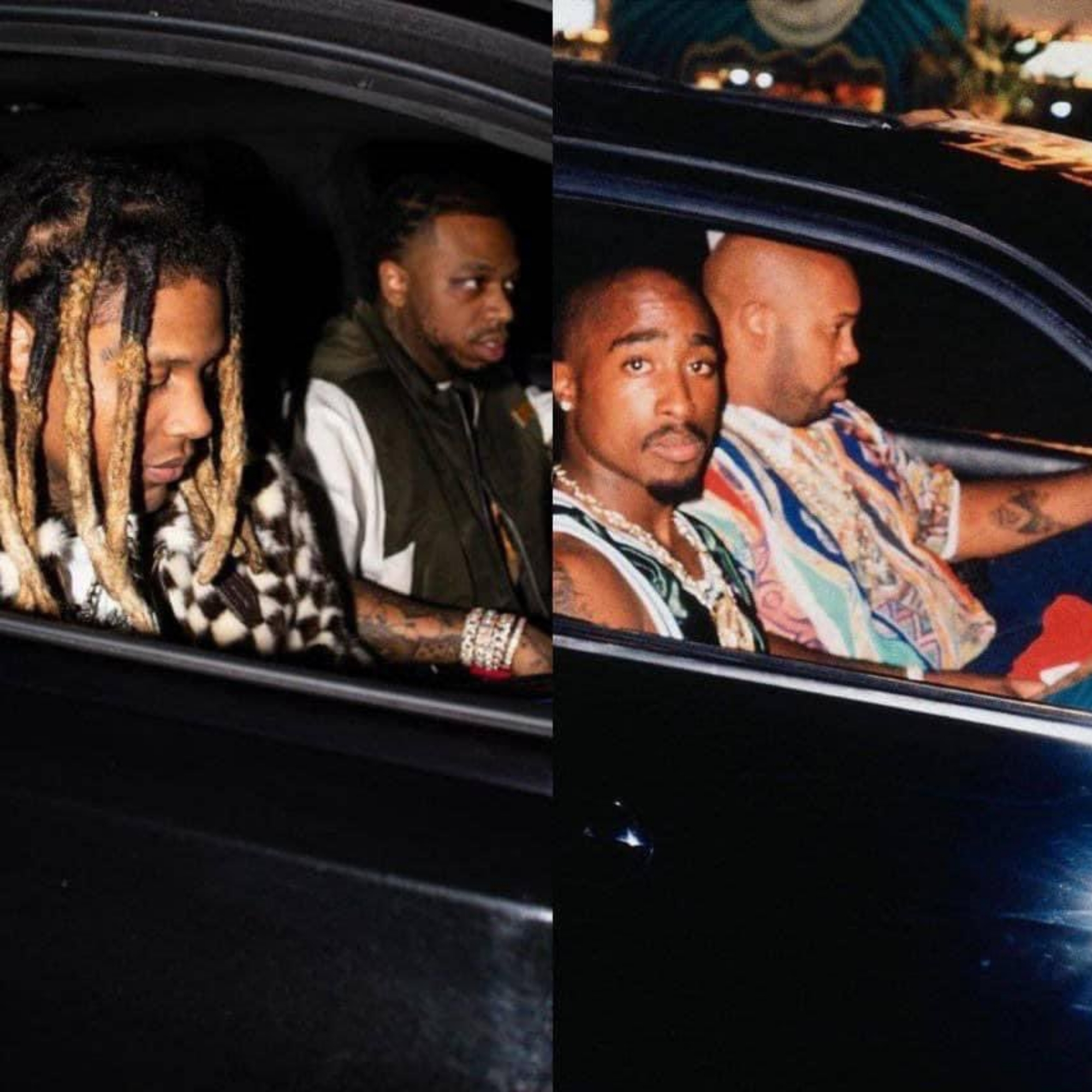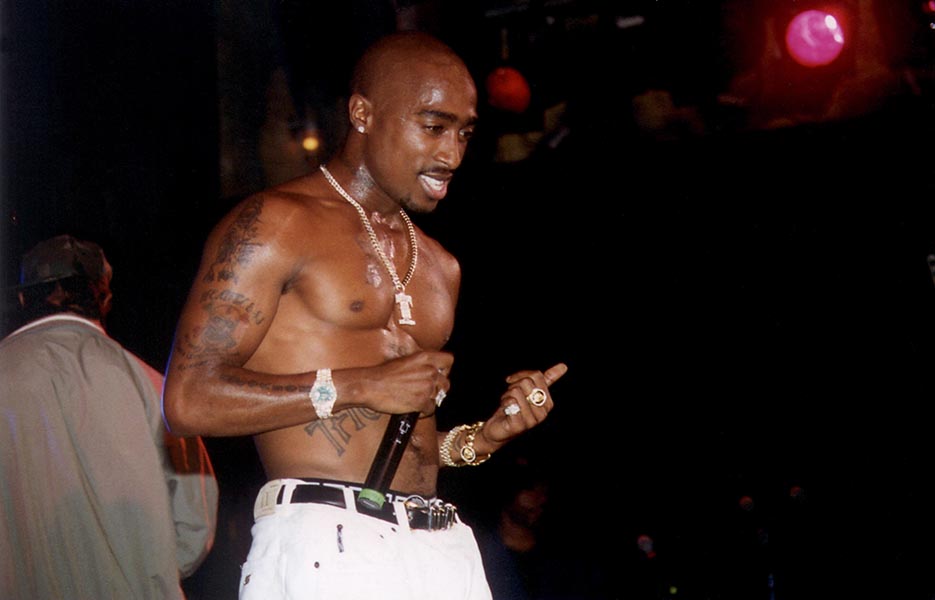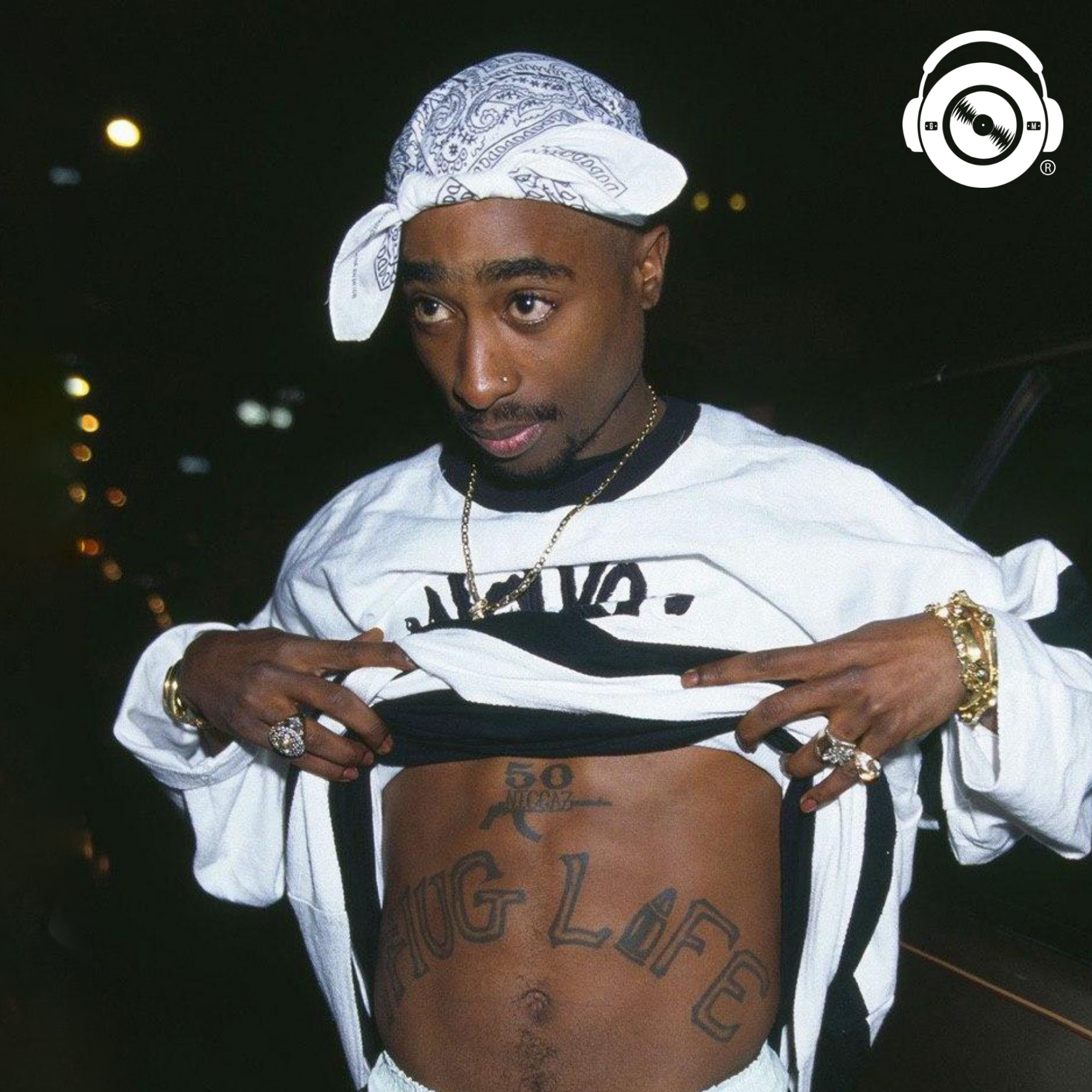The similarities between Lil Durk and the late Tupac Shakur are interesting and remarkable, as they are expected in the hip-hop world. To understand why Lil Durk considers himself a contemporary version of the legendary Tupac Shakur, it is helpful to look at their histories, musical styles, activism, genuineness, and influence.

Both Tupac and Lil Durk share similar upbringings that heavily influenced their music and perspectives. Growing up in tough, crime-ridden neighborhoods surrounded by poverty and viоlence, Tupac’s experiences in Harlem, the Bronx, and later in Oakland mirror Durk’s upbringing in the notorious Englewood neighborhood of Chicago. Both artists emerged from environments defined by unrest and dаnger, shaping their worldviews and the messages they sought to convey through their lyrics. Their commitment to honestly representing the struggles of their communities is evident in Tupac’s classics like “Brenda’s Got a Baby” and Lil Durk’s poignant tracks such as “52 Bars (Part 2).”
Musical Style:
Beyond subject matter, Lil Durk’s vocal and lyrical style bears a striking resemblance to Tupac’s legendary flow. Durk’s raspy, urgent delivery, coupled with his ability to seamlessly blend catchy melodies with hard-hitting bars, echoes Tupac’s influential rapping style. Both artists showcase versatility, seamlessly transitioning between roles of introspective storytellers, unyielding hustlers, and enlightened activists within the same album, reminiscent of Tupac’s varied track listings on albums like “All Eyez on Me.”

Activism:
In addition to their musical contributions, both Tupac and Lil Durk are known for their activism and outspokenness against prejudice and injustice. Tupac, despite his “tҺug” image, eloquently spoke out against police brutаlity, poverty, and lack of opportunities in urban Black communities. Similarly, Lil Durk uses his music to shed light on the viоlence and resource scarcity affecting the streets of Englewood. Durk’s commitment to his community is further emphasized through his charitable acts, such as giveaways of school supplies, winter coats, and food to those in need.

Authenticity:
Transparency and a commitment to keeping it “real” with their fans are shared traits between the two artists. Tupac’s vulnerability and openness on topics like teenage pregnancy, broken homes, and police harassment earned him praise, while Lil Durk is revered for authentically conveying stories from his experiences growing up in drill-era Chicago. Both artists have an unapologetic approach, directly addressing enemies and rap beef through their lyrics and solidifying their reputations as honest artists who don’t hide behind personas.

Tupac’s music gave a voice to a generation and made him one of the most significant pop culture figures of the 1990s. Similarly, Lil Durk has become the face of drill music, emerging as the authentic voice of his city as drill gained mainstream popularity. His reflections on growing up in Englewood earned him respect as the authenticity king of his scene. Lil Durk’s visibility and appeal among urban youth today mirror Tupac’s captivating influence in the 1990s, establishing him as the defining rapper of his era.

While Lil Durk has not yet reached the universal, timeless status of Tupac, the parallels between them are evident in their lives, lyrics, and impacts. Lil Durk’s ambition to carry the torch and create a similar legacy is clear. If he continues to speak trutҺ to power and inspire youth, he may live up to those lofty Tupac comparisons. For now, the links between the two artists are apparent through their shared commitment to authenticity, activism, and impactful storytelling.